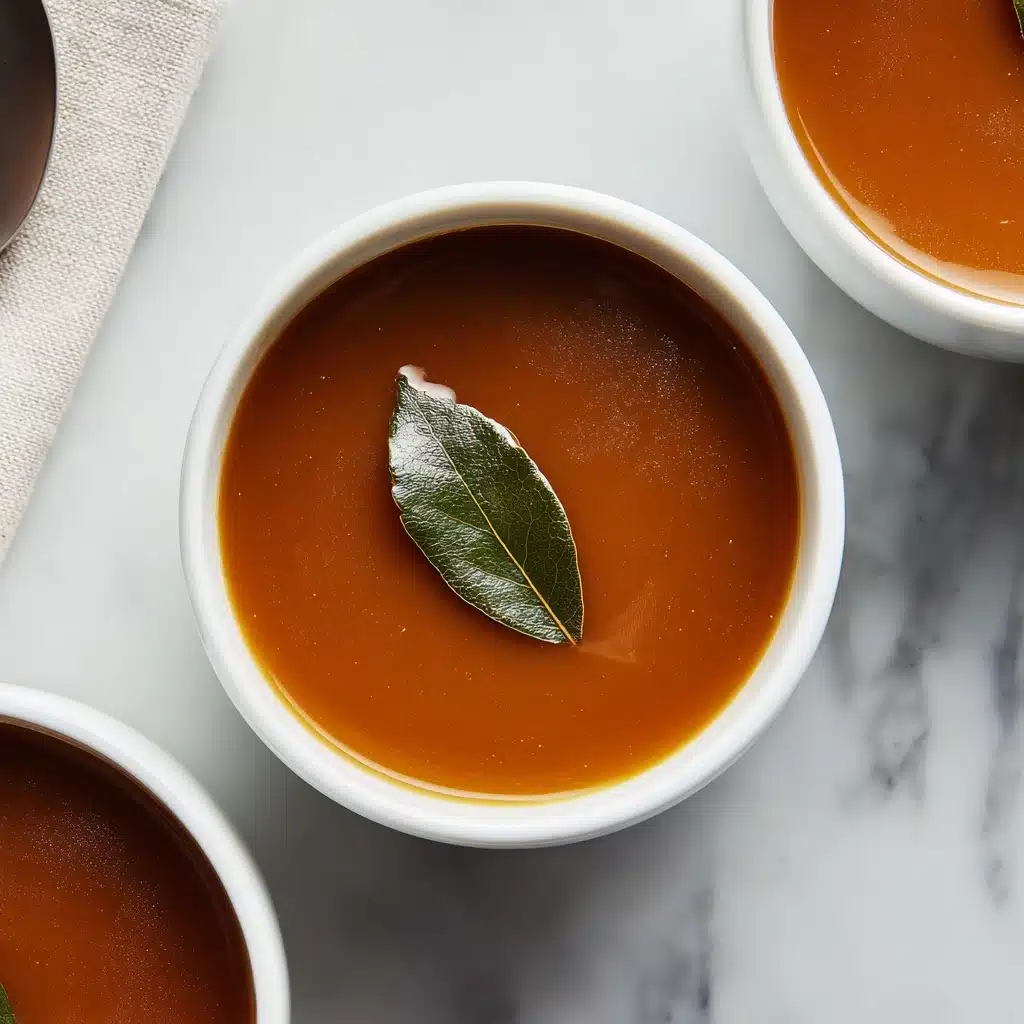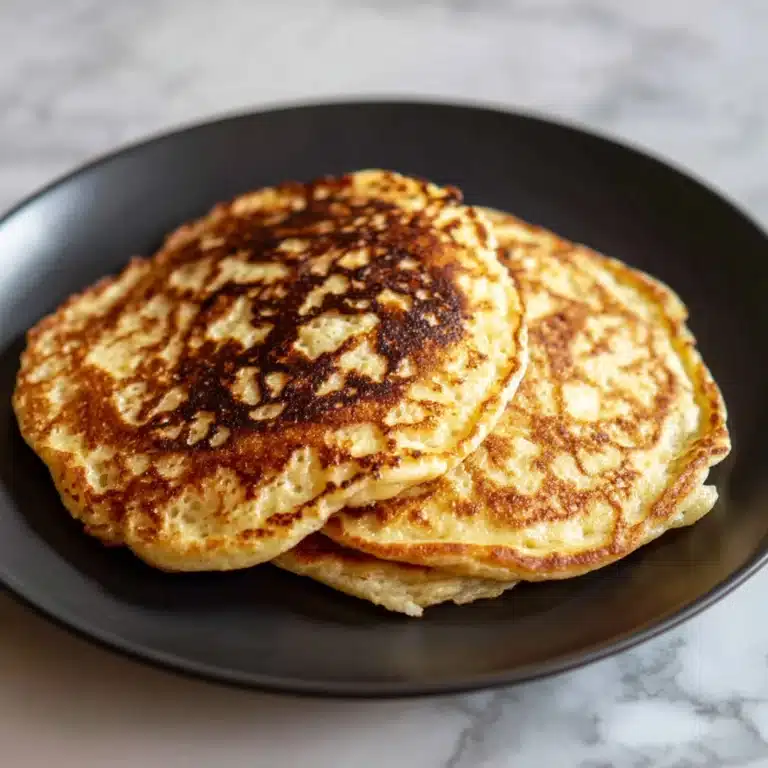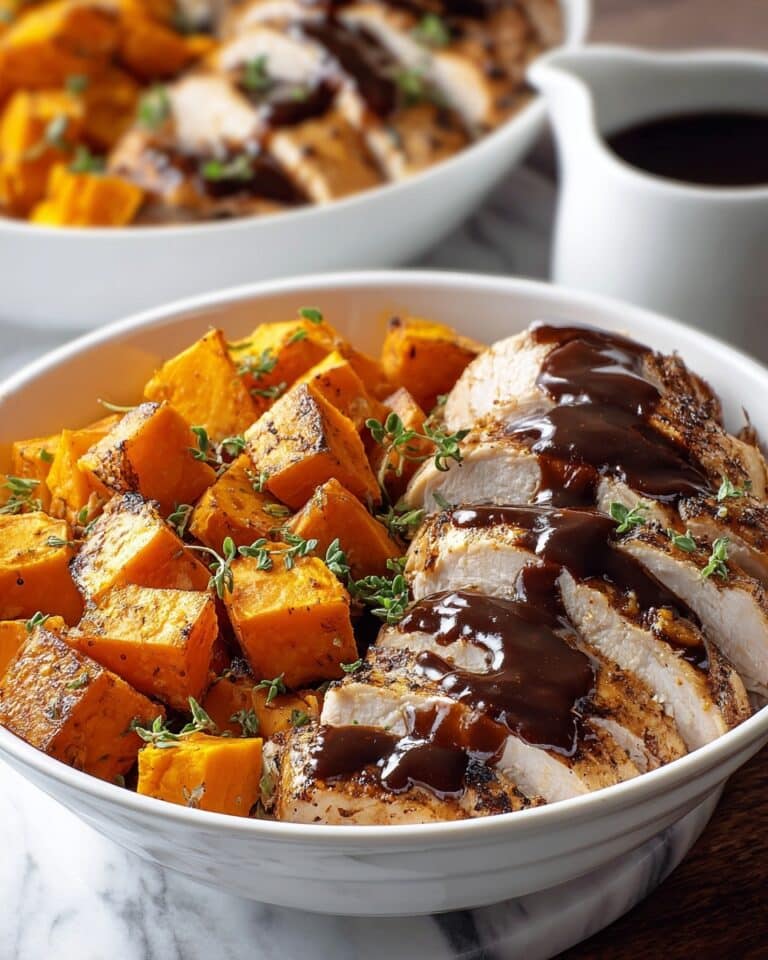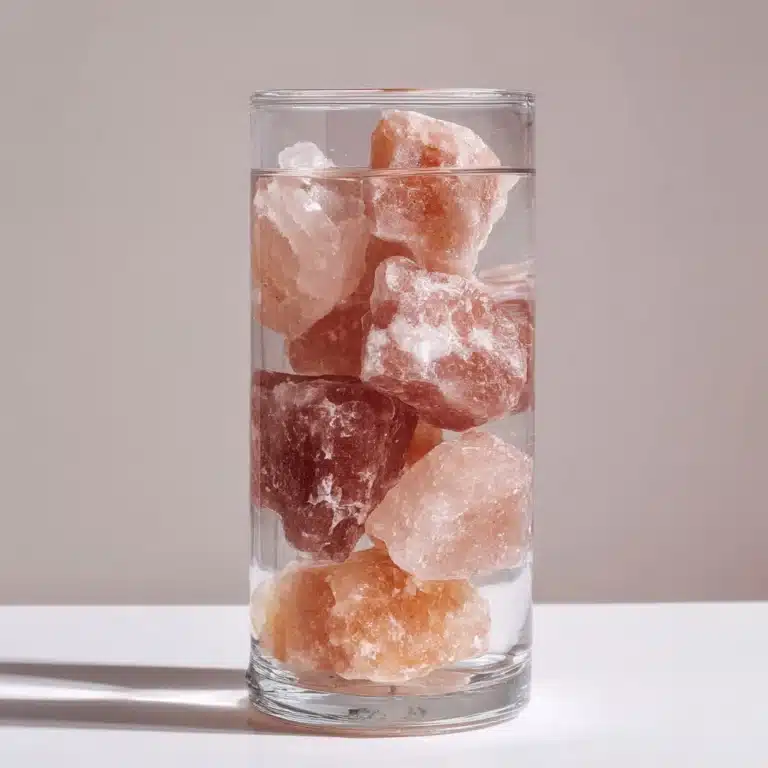If there’s ever a kitchen ritual that feels both comforting and a little bit magical, it’s making Bone Broth. This nourishing elixir has a reputation for warming the soul and fueling the body, and for good reason—every slow-simmered cup is packed with minerals, deep savory flavor, and wholesome satisfaction. A single batch brings together simple vegetables, aromatic herbs, and, of course, the goodness from bones, all coaxed into a golden, shimmering broth that tastes as soothing as it feels. Whether you’re healing, celebrating, or just cozied up on a quiet evening, Bone Broth is a cup of homemade comfort you’ll crave again and again.
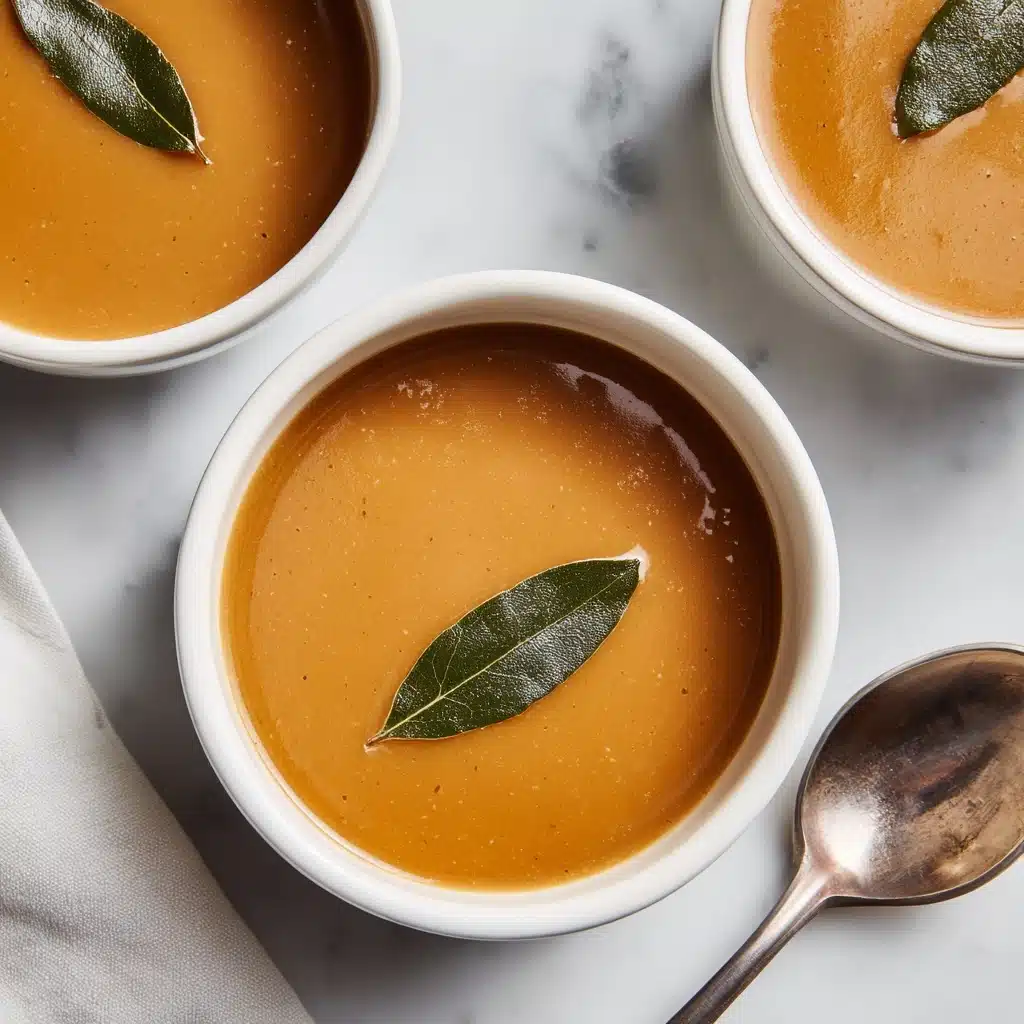
Ingredients You’ll Need
The beauty of Bone Broth is in its simplicity. Each ingredient here serves a specific, delicious purpose, layering flavor, nutrition, and character into every sip. Don’t be afraid to use what you have on hand—variations only deepen the love affair with this classic.
- Beef bones, chicken carcass, or a mix (2–3 pounds): Opt for bones with joints and marrow—these deliver rich body and gelatin, making the Bone Broth luscious and full-bodied.
- Carrots (2, chopped): These add a gentle sweetness and golden color, mellowing out the broth beautifully.
- Celery stalks (2, chopped): Celery brings a subtle, earthy edge that keeps the broth balanced.
- Large onion (1, quartered): Onion builds savory depth and rounds out all the flavors.
- Garlic cloves (4, smashed): These add a punch of aroma and a warming subtlety that’s just right.
- Apple cider vinegar (2 tablespoons): This is the secret for extracting more minerals and nutrients from the bones.
- Bay leaves (2): A must for a gentle herbal layer that perfumes each bowl.
- Whole peppercorns (1 teaspoon): These add a gentle spice that’s never overpowering but wonderfully noticeable.
- Filtered water (12 cups): Good water is key—this is your broth’s base, so make it count!
- Fresh herbs, like parsley or thyme (optional): Stirrings of fresh herbs add a bright, fragrant finish to the pot.
- Sea salt, to taste: Wait until the end to salt—this keeps flavors from becoming too concentrated as the Bone Broth simmers.
How to Make Bone Broth
Step 1: Roast the Bones
Preheat your oven to 400°F (200°C). Spread the beef bones, chicken carcass, or your tasty combination across a baking sheet. Roast them for 30 to 40 minutes until they turn deeply browned and fragrant. This step might seem simple, but it unlocks robust, caramelized notes that transform your Bone Broth from good to unforgettable.
Step 2: Prep the Pot
Transfer your beautifully roasted bones to a large stockpot or your trusty slow cooker. Toss in the chopped carrots, celery, onion, garlic, apple cider vinegar, bay leaves, and whole peppercorns. Pour in the filtered water, ensuring everything is amply covered—the goal is a gentle soak that pulls out every bit of goodness.
Step 3: Simmer for Deep Flavor
Bring the pot to a gentle boil, but once you see a simmer, turn the heat down to low. Let it bubble ever-so-softly, uncovered, for a minimum of 12 hours—up to a whole day if you want maximum nutrients and the richest flavor. Skim off any foam that collects on the surface; this will keep your Bone Broth clear and refined.
Step 4: Add Herbs at the End
During the last hour of simmering, stir in a bundle of parsley, thyme, or whatever fresh herbs you adore. This brief infusion brightens the whole broth, blending earthy undertones with fresh garden vibes.
Step 5: Strain and Season
Carefully pour everything through a fine mesh sieve into a large bowl or clean jars, discarding the bones and vegetable solids. Now it’s time to taste—add sea salt little by little until you hit that perfect savory note. Let the Bone Broth cool completely before popping it in the fridge or freezer.
How to Serve Bone Broth
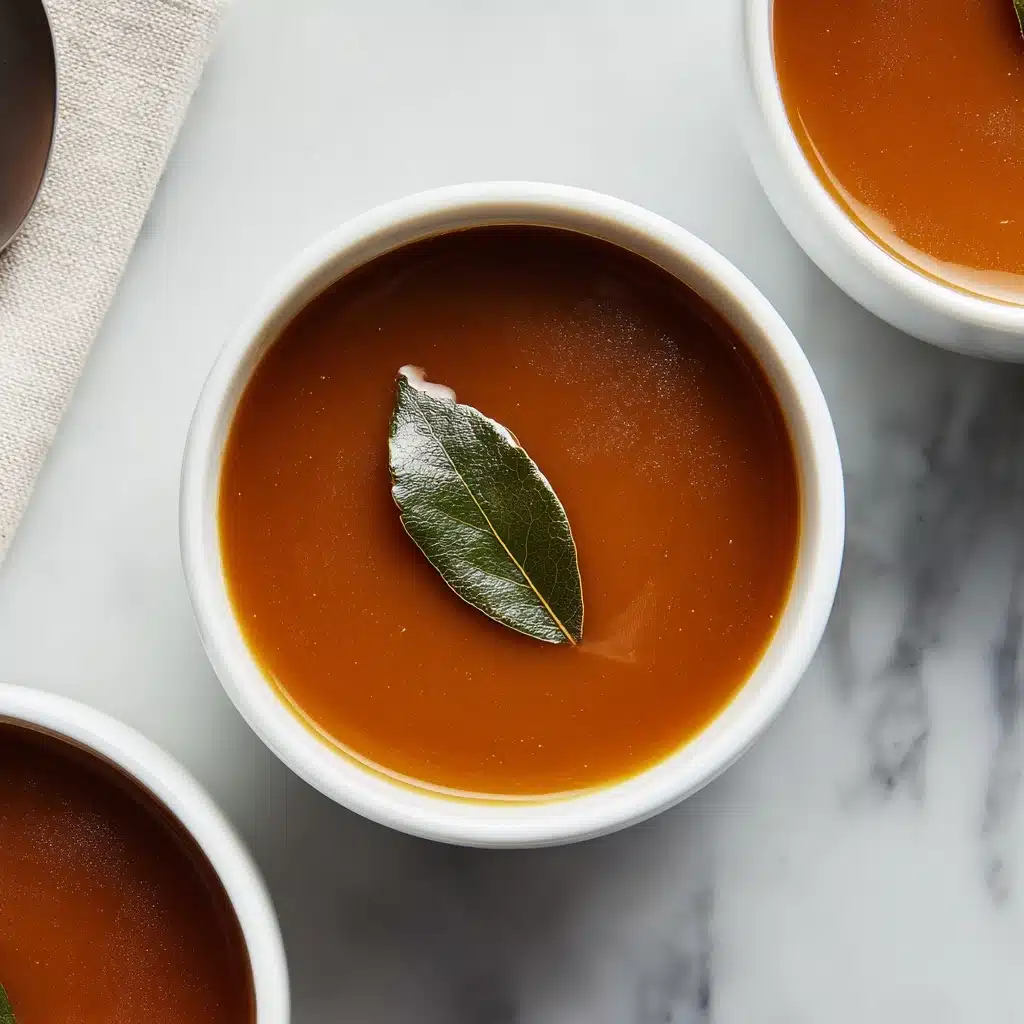
Garnishes
Enhance your cup with garnishes that add color and texture. Classic options include a sprinkle of fresh herbs, a dash of cracked black pepper, or thinly sliced green onions. Try a swirl of chili oil or a few drops of lemon juice if you’re feeling inspired—they add brightness and zing to your Bone Broth.
Side Dishes
Bone Broth pairs beautifully with a slice of crusty sourdough or a piece of buttery grain-free bread. A simple salad with tangy vinaigrette or steamed vegetables offers a fresh, crisp counterpart to each velvety, savory sip. Don’t forget—Bone Broth is also the perfect start to any meal, setting the stage for whatever comes next.
Creative Ways to Present
Elevate your presentation by serving Bone Broth in beautiful mugs or rustic bowls for sipping. Add par-cooked noodles, roasted mushrooms, or poached eggs for a meal-in-a-cup experience. For gatherings, try a Bone Broth bar, where guests can customize their bowls with assorted toppings like herbs, spices, and even little dumplings.
Make Ahead and Storage
Storing Leftovers
Once your Bone Broth cools, pour it into well-sealed jars or containers and stash it in the refrigerator. It will keep for up to 5 days, and it actually tastes even better on day two as the flavors meld together. Remember to check for a jiggly, gelatinous texture when cold—that’s a sign of a nutrient-rich broth!
Freezing
Bone Broth freezes beautifully, making it easy to keep on hand for quick meals or nourishing drinks. For the ultimate convenience, pour cooled broth into ice cube trays—after freezing, transfer the cubes to zip-top bags. Now you can grab a cube or two anytime you need a flavor boost or a warm sip.
Reheating
When you’re ready for another bowl, simply reheat the Bone Broth gently on the stove over low-medium heat. Stir occasionally and avoid boiling to retain the glorious flavor and silky texture. If you notice any fat solidified on top, you can remove it or stir it back into the broth—it’s full of flavor!
FAQs
Can I use just chicken or just beef bones?
Absolutely! You can use all chicken for a lighter broth, all beef for a heartier, richer result, or a mix of bones for complexity. Different bones bring their own unique flavors and nutrient profiles to your Bone Broth—just use what you love.
Why add apple cider vinegar?
Apple cider vinegar helps draw minerals like calcium, magnesium, and potassium out of the bones during simmering, making your Bone Broth even more nourishing. Don’t worry—the flavor mellows as it cooks and won’t overpower the finished broth.
How do I know when Bone Broth is done?
You’ll notice the broth takes on a deep amber color, fragrant aroma, and a rich, savory flavor after 12 to 24 hours. For the telltale sign of success, check if the broth has a slight jiggle after being chilled—this means you’ve captured all the good gelatin!
Can I reuse the bones for a second batch?
While you can technically simmer the bones again for a lighter secondary broth, most of the flavor and nutrients will be in the first batch. For best results, always use fresh bones for truly robust Bone Broth.
Is Bone Broth suitable for special diets?
Yes! Bone Broth is naturally gluten-free, paleo, keto-friendly, and fits many wellness lifestyles. It’s wonderfully versatile—perfect for sipping straight or using as a base in recipes tailored to your dietary needs.
Final Thoughts
Homemade Bone Broth is a tradition worth savoring—a simple process that yields deep, nourishing flavor and endless culinary possibilities. If you haven’t made your own yet, now’s the perfect time to try. One simmering pot will draw you in, and before you know it, you’ll have a new favorite ritual for comfort and care. Pour yourself a mug and feel the difference—your body and soul will thank you!
Print
Bone Broth Recipe
- Total Time: 12 hours 10 minutes
- Yield: About 12 cups 1x
- Diet: Non-Vegetarian
Description
Learn how to make a nourishing bone broth at home with this simple recipe. Slow-simmered to perfection, this broth is rich in flavor and nutrients, perfect as a base for soups or enjoyed on its own.
Ingredients
Beef Bone Broth:
- 2–3 pounds beef bones, chicken carcass, or a mix (preferably with joints and marrow)
- 2 carrots, chopped
- 2 celery stalks, chopped
- 1 large onion, quartered
- 4 garlic cloves, smashed
- 2 tablespoons apple cider vinegar
- 2 bay leaves
- 1 teaspoon whole peppercorns
- 12 cups filtered water
- Fresh herbs like parsley or thyme (optional)
- Sea salt to taste
Instructions
- Preheat Oven: Preheat your oven to 400°F (200°C). Place the bones on a baking sheet and roast for 30–40 minutes until browned.
- Prepare Broth: Transfer the roasted bones to a large stockpot or slow cooker. Add carrots, celery, onion, garlic, apple cider vinegar, bay leaves, and peppercorns. Pour in enough water to cover the bones.
- Cook Slowly: Bring to a boil, then simmer uncovered for 12-24 hours. Skim off any foam. Add herbs in the last hour.
- Strain and Season: Strain the broth through a sieve, discarding solids. Season with salt to taste.
- Store: Let the broth cool, then refrigerate for up to 5 days or freeze for longer storage.
Notes
- Apple cider vinegar helps draw out minerals from the bones.
- Freeze broth in ice cube trays for convenient portions.
- Use as a base for soups, stews, or enjoy warm on its own.
- Prep Time: 10 minutes
- Cook Time: 12 hours
- Category: Soup
- Method: Simmering
- Cuisine: American
Nutrition
- Serving Size: 1 cup
- Calories: 50
- Sugar: 1g
- Sodium: 120mg
- Fat: 2g
- Saturated Fat: 0.5g
- Unsaturated Fat: 1.5g
- Trans Fat: 0g
- Carbohydrates: 2g
- Fiber: 0g
- Protein: 7g
- Cholesterol: 15mg
